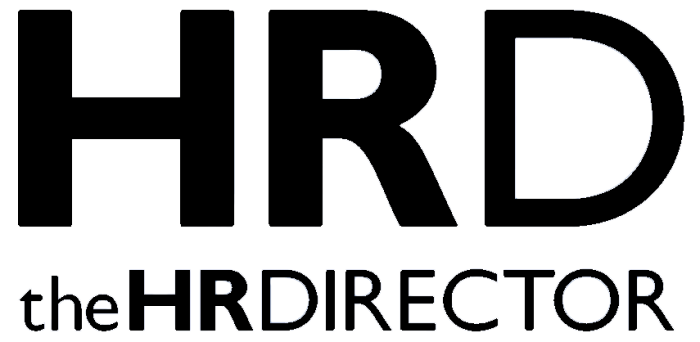Internal mobility is more than just a talent strategy. It’s about tapping into the potential within your business to drive employee engagement and boost staff retention, whilst cultivating a leadership pipeline.
Defining internal mobility and its value
Internal mobility refers to the practice of enabling employees to grow, evolve, and undertake new challenges within the same organisation. This may be through promotions or lateral moves across different roles and departments. It fosters a more agile workforce, allowing employees to build diverse skill sets and experiences, giving them a comprehensive understanding of the business.
Focusing on internal mobility not only helps to reduce staff turnover, but it also improves employee loyalty. By providing opportunities for internal progression, companies can boost employee retention and engagement. According to LinkedIn data, employees who make internal moves are 64% more likely to stay with an organisation after three years, compared to a 45% for those who don’t.
So, what are the advantages of promoting from within?
Firstly, internal hires already understand the company challenges and goals, enabling them to contribute effectively with minimal onboarding time. Promoting from within also cuts external recruitment and training costs, as existing employees are already familiar with company processes and culture.
Lastly when employees see clear pathways for advancement, they are more likely to upskill and invest in their professional development. At SMG, we’re proud to say that 94% of employees agreed that ‘The experience I gain from this job is valuable for my future’ (BestCompanies).
The link between internal mobility and employee engagement
Offering employees the opportunity to explore new roles within a company prevents stagnation and keeps the work environment dynamic. Moreover, employees who feel heard and recognised are 4.6 times more likely to perform at their best. When it comes to long-term career satisfaction and employee engagement, employees need to feel invested in their organisation’s success and that they are playing a part in it.
Managers play a pivotal role in facilitating internal mobility. Therefore, it’s important to equip managers with the tools to have constructive career conversations with their team. Employees should be encouraged to have open discussions about career aspirations without fear of negative repercussions. This helps to create a safe space where employees can talk freely about their career aspirations.
Identifying skill gaps and providing development plans, training, or stretch assignments to bridge these gaps, will encouraging employees to develop new skills. Providing clear pathways for progression and openly communicating internal opportunities is key to internal mobility. Also connecting employees with mentors and networks within the organisation will help to broaden their perspectives and career opportunities.
Leadership must view internal mobility as a strategic investment, aligning learning and development strategies, career pathways, and succession planning to create an environment where employees feel supported and valued.
Measuring success of internal mobility programs
At SMG, internal mobility has shaped our leadership team. For instance, David Moore joined as a Client Executive in 2015 and, through various internal moves, progressed to Partnership Director. His journey highlights how internal mobility drives engagement and builds a leadership team with a comprehensive understanding of the business, leading to better decision-making and outcomes.
Leaders can communicate the importance of internal mobility by highlighting success stories, where real examples of career progression with the company are shared to inspire others. It’s also important to demonstrate its business impact by connecting internal mobility to employee engagement and improved business performance.
At SMG, we regularly share internal mobility success stories and ensure managers understand its benefits, reinforcing a culture that supports career development within the company.
For businesses to unlock hidden talent and potential, they should:
- Prioritise internal mobility: Integrate it into the core talent strategy.
- Establish clear processes: Implement transparent policies for internal applications and transitions.
- Identify transferable skills: Use assessments and career mapping to uncover employees’ hidden strengths beyond their current roles.
- Foster a supportive culture: Encourage managers to champion their team’s growth, even if it means losing top performers to other departments.
By adopting these strategies into the workplace culture, companies can create an environment where internal mobility thrives, leading to enhanced employee satisfaction and long-term business success.









